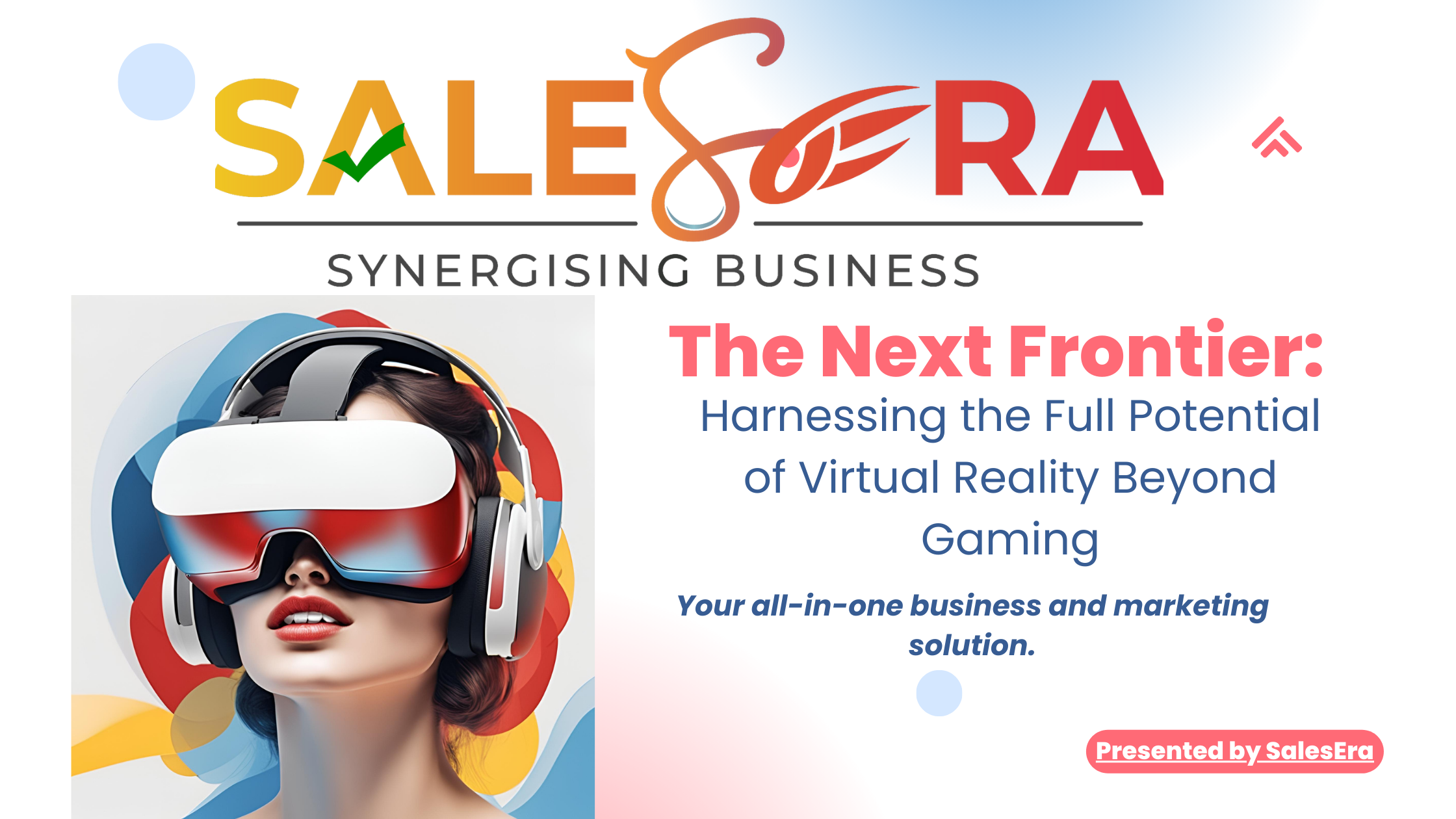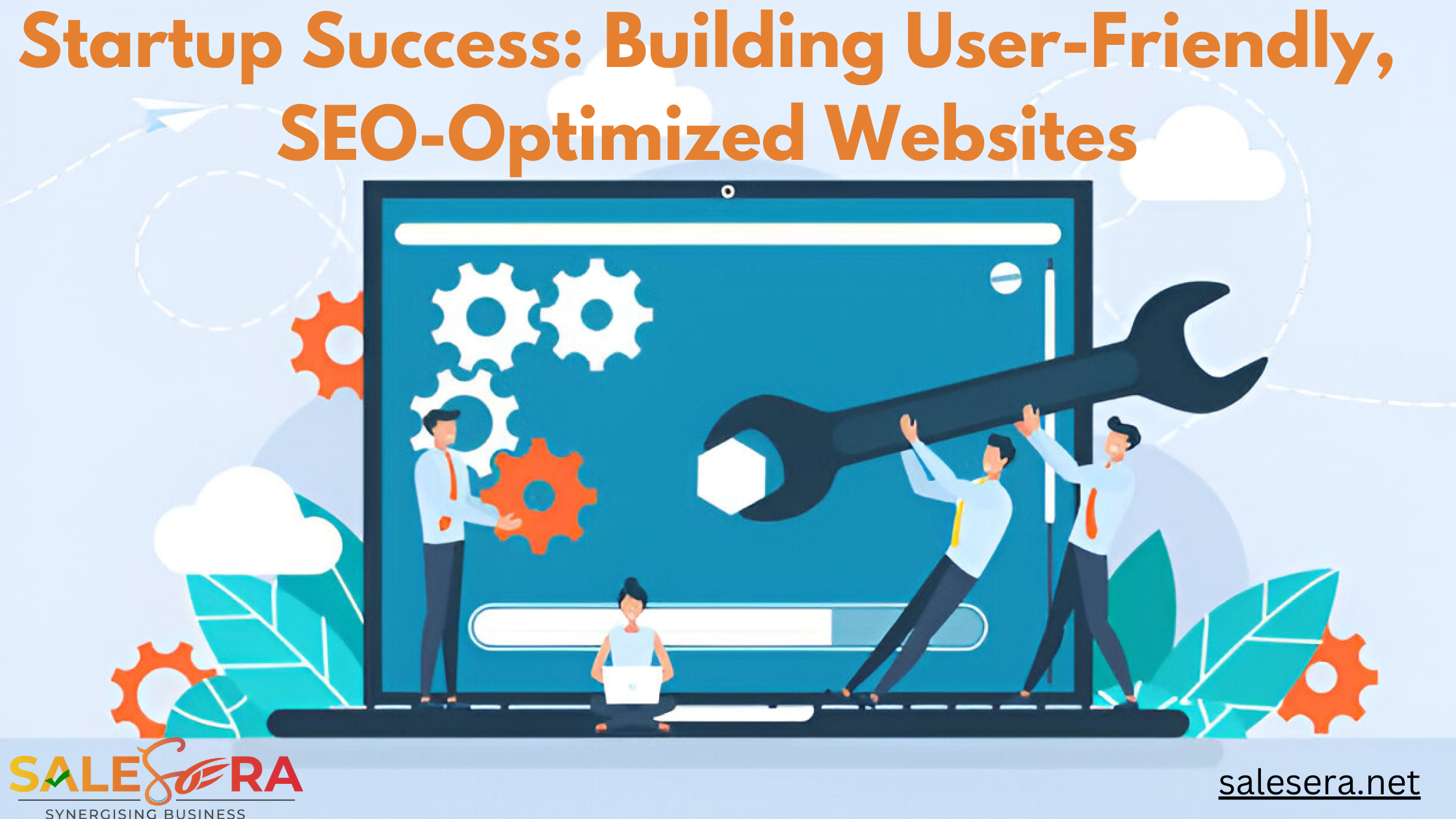Stanley Weinbaum wrote Pygmalion’s Spectacles, a science fiction tale, in 1935.
The protagonist of the novel dons goggles. They let him enter a made-up world with holographic records and the right sensory input. Some people believe that this novel was where virtual reality first emerged. It foresaw the goals and accomplishments of the future.
Virtual reality technology lets people engage with a computer-generated 3D world. At first, people connected virtual reality with gaming. It offered a realistic and immersive gaming experience. This experience increased players’ sense of being there and their engagement. The gaming industry was among the first to adopt VR. It lets players explore virtual worlds, interact with virtual objects, and play games. Over time, VR has grown beyond gaming. It is now used in many industries. These include education, healthcare, training, simulation, architecture, and entertainment.
Healthcare professionals use VR for medical training simulations. They improve patient outcomes and give therapists immersive experiences. Virtual reality offers better learning environments in the classroom. This is especially true in live sessions and virtual classrooms. In architecture, VR enables immersive design experiences. It lets architects view and interact with their concepts before construction starts.
Despite gaming being a significant VR application, its potential for creating realistic simulations and immersive experiences has led to its widespread adoption in diverse fields.
Healthcare Applications of VR
Virtual Reality (VR) has demonstrated promising uses across numerous aspects of healthcare, employing immersive technology to better training, rehabilitation, and patient care.
● Training and Simulation:
VR is increasingly being used in medical training for surgical simulations and procedural practice, enhancing training outcomes and reducing errors. By allowing medical professionals to practice complex procedures in a controlled environment, VR applications lead to better outcomes and fewer mistakes. Businesses such as Osso VR have created platforms that replicate surgical operations, leading to notable enhancements in the confidence and performance of trainees.
● Therapeutic Uses:
VR is utilized in therapy and rehabilitation to address conditions including post-traumatic stress disorder, chronic pain, and stroke recovery. The safe environment provided by virtual reality allows patients to address triggers and receive therapy, enhancing the effectiveness of their care.
Therapists use virtual reality in therapy. It’s for illnesses such as PTSD, anxiety, and phobias. It offers a secure, regulated space for exposure treatment. It lets patients to face and control their concerns.
By gradually exposing patients to unpleasant memories, Virtual Reality Exposure Therapy (VRET) has proven to be an effective treatment for post-traumatic stress disorder (PTSD). Similar to this, VR is utilized in stroke therapy to speed up the recovery of motor function through interactive exercises and realistic recreations of everyday tasks.
Through immersive experiences, virtual reality (VR) helps patients with chronic pain management become less aware of their discomfort. For instance, the VR game SnowWorld is utilized in burn units to lessen patients’ sense of discomfort while receiving wound treatment. VR’s ability to divert attention and promote relaxation may potentially lessen the need for painkillers.
● Patient Care and Treatment:
Virtual reality applications enhance patient experience and treatment adherence in mental health therapies, pre-operative planning, and patient education. VR helps patients understand their conditions, plan surgeries, and receive therapy in an engaging and immersive way, leading to improved outcomes. It helps visualize complex medical information, such as anatomy and medical conditions, in a more understandable format, improving patient engagement and adherence to treatment plans. VR also aids in detailed pre-operative planning by visualizing patient-specific anatomy in three dimensions, reducing the risk of complications during surgery. Beyond PTSD, VR can be beneficial in treating mental health conditions like phobias, depression, and autism spectrum disorders, providing exposure therapy, social skills training, and relaxation exercises.
Virtual reality is transforming healthcare by offering immersive experiences that improve patient happiness and treatment adherence. As technology progresses, virtual reality has the potential to transform healthcare procedures in a variety of clinical settings, boosting outcomes and minimizing mistakes.
Educational Uses of VR
The potential of Virtual Reality is transforming education by providing immersive, interactive, and inclusive learning experiences across a variety of domains:
Immersive Learning through VR
Google Expeditions allows students to see areas that would otherwise be unavailable to them, such as landmarks, museums, and natural marvels. VR also enables historical reconstructions, bringing important events or periods to life, such as ancient civilizations. VR in scientific education delivers hands-on learning experiences in a safe and controlled setting by allowing students to observe molecular structures and explore complicated ideas.
Skill Development and Training
By recreating authentic work contexts, virtual reality improves vocational training. When compared to conventional training methods, VR platforms such as SimSpray, for instance, imitate industrial painting procedures, enhancing skill development and lowering material costs.
Virtual reality (VR) offers realistic environments for instruction and practice in professional disciplines like aviation and medicine. Medical students can improve their clinical knowledge and decision-making skills by diagnosing virtual patients or practicing procedures.
Accessibility and Inclusivity:
By offering individualized learning experiences and accommodating a variety of learning styles, virtual reality technology helps close educational gaps. It enables students to participate in interactive classes without physical boundaries in rural or underprivileged places. Learning results and engagement have increased as a result of initiatives like the distribution of VR headsets to remote schools. Thanks to interactive modules that provide instant feedback, virtual reality accommodates different learning styles and lets students learn at their own speed.
Delivering knowledge in several modalities, it also supports learners with diverse learning requirements, such as the aural or visual learners. This module increases inclusivity and accessibility to education for all students, irrespective of their location or background.
VR Applications in Architecture and Design
Virtual reality technology revolutionizes architecture and design disciplines. It offers many advantages and opportunities for professionals in the sector.
● VR Architecture Visualization
VR technology allows architects and designers to create immersive, realistic visualizations of their projects, allowing clients to preview final designs in 3D models. This intuitive approach allows for better spatial planning and optimization of layouts. VR architecture visualization also provides clients with a compelling experience, enabling them to understand design intent and make informed decisions early in the process.
● Collaboration and Communication
VR enhances collaboration among architects, engineers, clients, and other stakeholders by allowing real-time adjustments, enhanced communication, and faster iterations. It allows for immediate feedback, enables remote participation in the design process, and accelerates iterative processes by allowing immediate visualization of adjustments, leading to more efficient workflows and reduced iteration time.
● Project Planning and Construction
Applications for virtual reality (VR) are very advantageous for project planning, construction simulation, and safety instruction. They make it possible for stakeholders to model whole projects ahead of time to anticipate problems and streamline logistics. By arranging building sequences, visualizing site logistics, and identifying conflicts, contractors may minimize costly mistakes. By allowing employees to rehearse processes in a safe setting, safety awareness is increased and accidents are decreased.
Benefits of early design flaw detection include cost savings, time efficiency, reduced errors due to faster iterations, enhanced collaboration, and accurate spatial visualization.
All things considered, virtual reality applications in architecture and design have several benefits, such as better design visualization, more collaboration, and more effective project planning and construction procedures. Professionals in the field may improve project results, expedite communication, and improve processes by utilizing VR tools and apps.
Challenges and Future Outlook
1. Challenges:
- Technological Challenges:
VR technology faces limitations like high hardware costs, technical complexity, and demanding system requirements. Emerging trends aim to improve affordability, simplify user interfaces, and enhance compatibility with various devices. High hardware costs can be prohibitive for smaller firms, while technical complexity can be challenging for architects and designers. Additionally, robust computing power and dedicated spaces may not be feasible for all environments.
- Ethical and Social Implications:
VR technology raises ethical concerns regarding privacy, data security, and ethical use in sensitive fields like healthcare. To guarantee that VR applications are implemented responsibly and ethically, developers and users must address these problems. Privacy concerns arise from data collection and user tracking, while data security is crucial for safeguarding against breaches and unauthorized access. For VR apps to be used ethically, there must be clear rules and restrictions.
2. Future Outlook:
- Technological Advancements:
It is anticipated that VR technology will experience substantial developments in hardware, software, and applications in the future. These include improvements in VR headsets, controllers, and tracking systems, as well as integration with emerging technologies like AI, IoT, and 5G networks. These advancements will reduce costs, improve performance, and enhance user comfort. likewise, VR working with AI, IoT, and 5G networks will provide real-time data processing and seamless connection.
- Impact on Industries:
VR technology is expected to revolutionize many industries. These include healthcare, education, and architecture. It will improve training. It will help patients. It will change learning for the better. It will simplify design.
Virtual reality promises to revolutionize medical education, surgical simulations, and patient treatments. It does this by providing real, immersive experiences. They improve learning and treatment.
VR has immersive experiences, virtual field trips, and interactive simulations. They accommodate many learning styles. VR will change education in classrooms.
Virtual reality will become a key part of architectural design. It will improve client involvement. It will also enable more collaborative and efficient workflows and expanded visualization.
Key Takeaways
- The discussion on virtual reality (VR) technology highlights its use in fields. These include medicine, engineering, education, and entertainment. It offers benefits like immersive design and teamwork.
- The future looks promising. It has limits like technical constraints and accessibility issues. But there have been advancements in hardware, software, and apps. And there has been integration with new technology like AI, IoT, and 5G.
- VR can change industries. It can transform healthcare, education, and architecture. It does this by improving training and patient care. And by revolutionizing design.
Can Virtual Reality Transform Business?
In conclusion, virtual reality still faces many obstacles. But, recent advancements and discoveries are opening the door to a bright future. It will have better capabilities, wider uses, and big effects in many industries. Virtual reality can transform businesses. It will change how people interact with digital environments. It does this by addressing technological, ethical, and societal issues.
Follow SalesEra, your one-stop digital solution for more such insightful reads.
Written by Hala Kiwan






